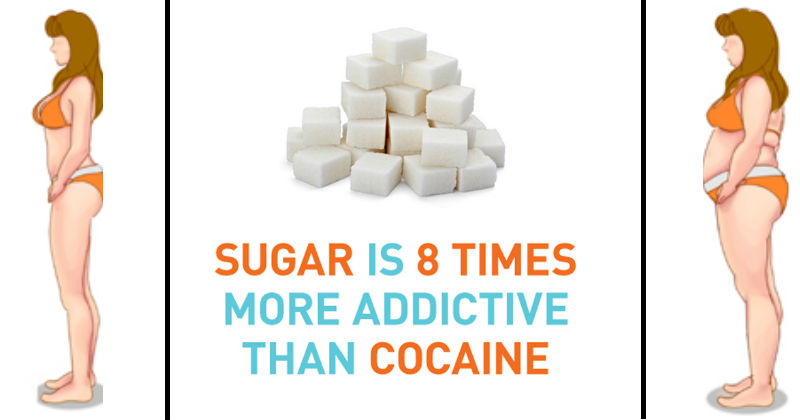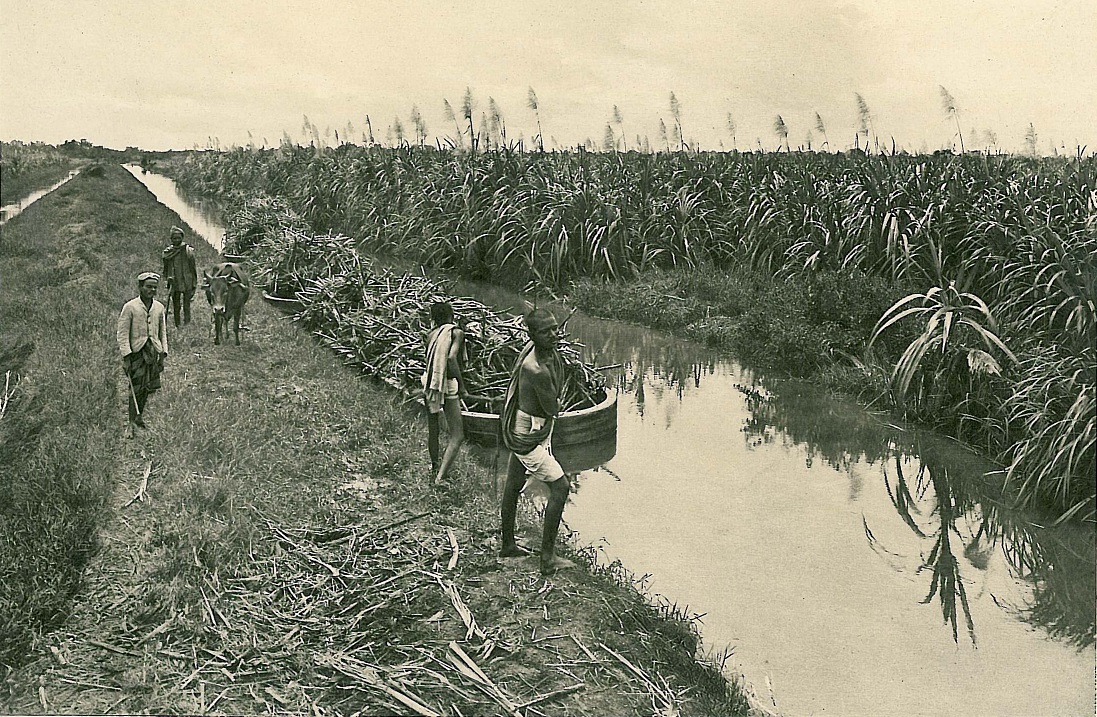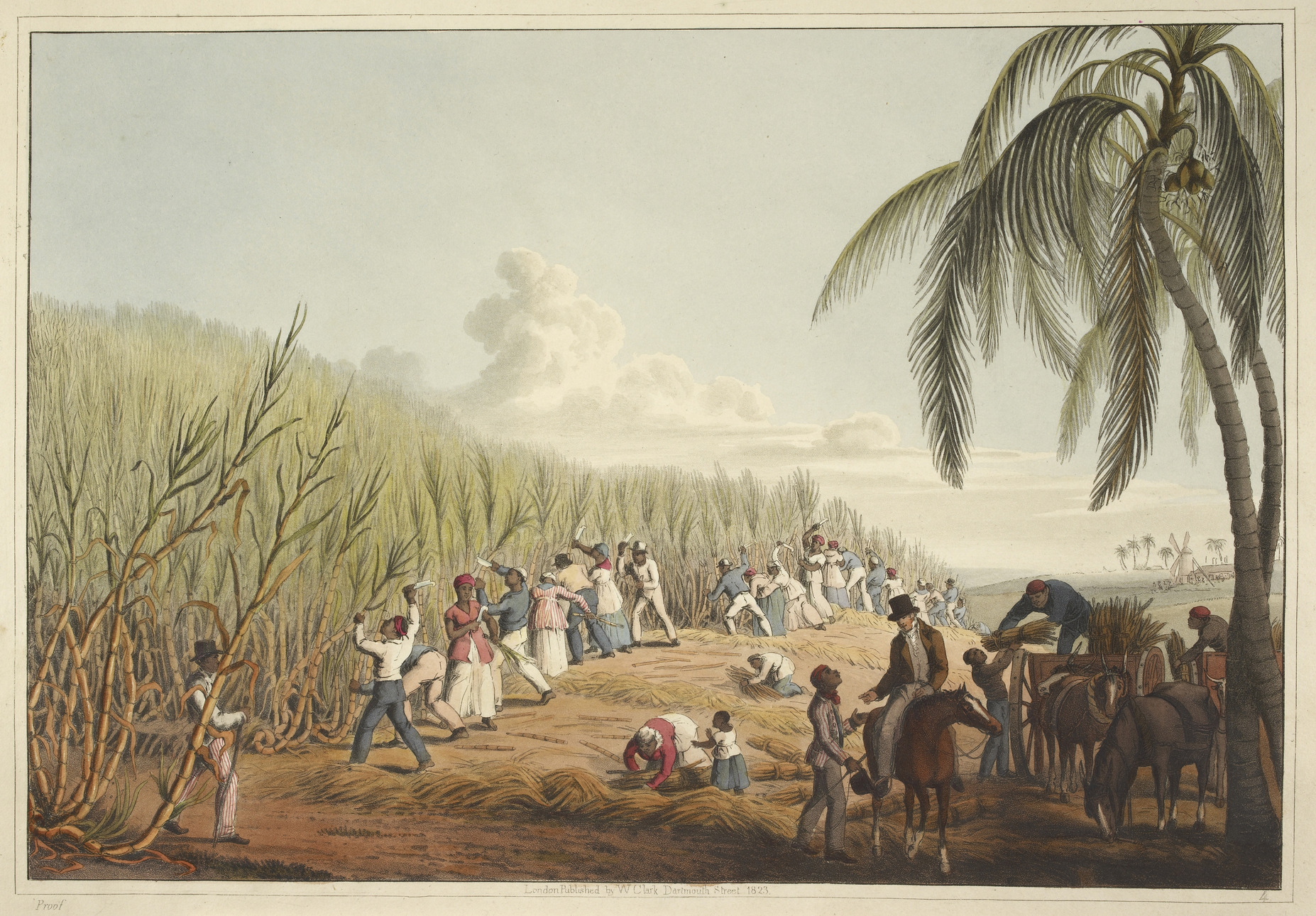
If sweet is sweet then what is sugar? Diabetes, cancer, dementia, depression, acne, infertility, heart disease. Doesn’t sound too sweet.
The average American consumes about 152 pounds of sugar a year. The average American man weighs 195.5 pounds, the average American woman weighs 167lbs. In the 1960s the average American man weighed in at 167lbs and the average American woman at 141lbs.
That is astounding.
152 pounds of sugar a year roughly translates to 22 teaspoons per day. And kids consume about 34 teaspoons every day, making nearly 1 in 4 teens pre-diabetic. Refined sugar and flour cause inflammation, raise blood sugar levels, and have no nutritional value that can’t be gotten elsewhere.
In a Harvard study scientists found that a high-sugar milkshake spiked blood sugar levels, insulin production, and the sugar craving centers in the brain. In a brain scan, the sugar lit up the addiction center like fireworks on the Fourth of July.
The Big 10
600 people tried out Mark Hyman, M.D.’s diet and lost 4,000 pounds in 10 days. When was the last time you lost 7 pounds in less than two weeks? And how hard did you work? The diet promises no cravings, no bland foods or boring diets, no deprivation – simply rewire the way you think about food.
Dr. Hyman created this diet to be full of sugar addiction-reversing foods that will reset your body and brain and let cut sugar from your diet and regain your life.
10-Day Detox Diet
Here are the top 10 big ideas for detoxing from sugar and refined carbs that will work for you in just 10 days.
Decide To Detox
In his book, Mark Hyman has a set of questions to help you know whether you need to detox or not. If you answer yes to any of the questions, a sugar detox will help you feel better and lose weight painlessly.
Cold Turkey
There is one way to stop physiological addictions: just stop. An alcoholic cannot have “just one drink” – the trick is to go cold turkey. Stop eating all forms of sugar, all flour products, and all artificial sweeteners – as they slow metabolism, spike cravings, and store fat. Ideally, for 10 days you will avoid any foods that come in a box, package, or can that have a label. Instead stik to real, whole, fresh foods.
Don’t Drink Your Calories
“Any form of liquid sugar calories is worse than solid food with sugar or flour,” says Dr. Hyman. It’s like mainlining sugar straight to your liver. Juices, sodas, sports drinks, and sweetened teas and coffees are the biggest source of sugar calories in most people’s diets.
One can of soda a day increases a kid’s chance of being obese by 60 percent and a woman’s chance of type 2 diabetes by 80 percent.
Protein Power
Protein helps balance blood sugar and insulin levels by being a “carb-free” source of energy. Start the day with whole farm eggs or a protein shake. Use nuts, seeds, eggs, fish, chicken, or grass-fed meat for protein at every meal. Protein helps you stay fuller longer because it breaks down more slowly while delivering the energy we need. 4-6 ounces – about the size of your palm – is the average serving size.
Unlimited (Good) Carbs
Did you know that a lot of veggies are carbs? You can eat all of them you want – just not the starchy ones like potatoes, sweet potatoes, winter squash or beets. But feel free to eat as many greens, broccoli, cauliflower, kale, asparagus, peppers, green beans, mushrooms, zucchini, tomatoes, and artichokes you like for 10 days.
Fight Sugar With Fat
Fat doesn’t make you fat, it makes you full. Plus it balances blood sugar and is a necessary part of your cellular structure. Good fats at every meal, like nuts and seeds, extra virgin olive oil, coconut butter, avocados, and fish are a good way to keep your mind off of sugar.
Prepare For Emergencies
A maze of fast food joints and vending machines will have anyone’s head spinning, especially when blood sugar levels are dropping. Dr. Hyman weighs in:
“You need an Emergency Life Pak. I have one with me all the time, filled with protein, good fats, and good snacks so I never have to make a bad choice. Here’s what’s in mine: Packets of Artisana nut butters and coconut butter, almonds, walnuts, pumpkin seeds, salmon jerky or turkey jerky, a can of wild salmon or sardines and unsweetened wild blueberries.”
Distress or De-Stress?
Cortisol, the stress hormone, makes you hungry, causes belly fat storage, and can lead to type 2 diabetes. Some studies show that taking deep breaths activates the vagus nerve which shifts metabolism from fat storage to fat burning, and quickly moves you out of your stress state. Just follow Dr. Hyman’s Five Deep Breaths exercise:
“Simply take five slow deep breaths – in to the count of five, out to the count of five. Five times. That’s it. Do this before every meal. Watch what happens!”
Douse Inflammation
Inflammation triggers blood sugar imbalances, insulin resistance, and type 2 diabetes. Gluten and dairy are two hidden food sensitivities that most people have. Unfortunately most people crave these allergens. They may be tough to quit, even for just 10 days, but give it a shot and you’ll see you have renewed energy and relief from cravings.
Sound Sleep
In studies, college students were deprived of just 2 of the recommended 8-hours of sleep. This led to a rise in hunger hormones, a decrease in appetite-suppressing hormones and huge cravings for refined sugar and carbs. When you don’t sleep you look for energy, and reach for high-sugar products that give you a boost, and a crash. Sleep is the best way to ensure cravings are kept at bay.
Source: “10-Day Sugar Detox Diet (Removes Fat, Headaches, Pain & More),” from healthy-holistic-living.com
The post 10-Day Sugar Detox Diet (Removes Fat, Headaches, Pain & More) appeared first on The Unbounded Spirit.



